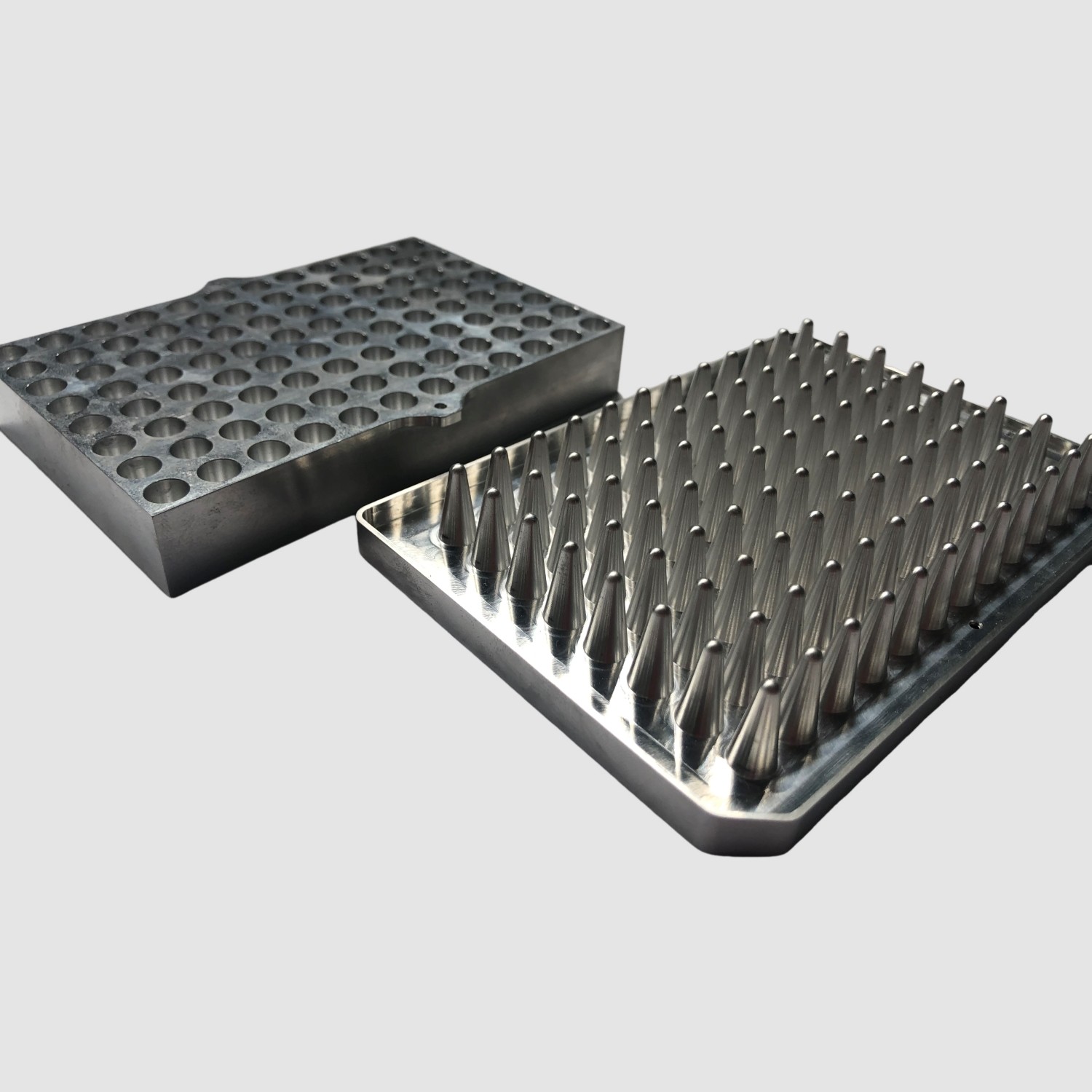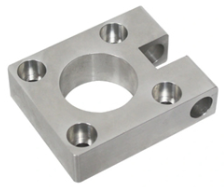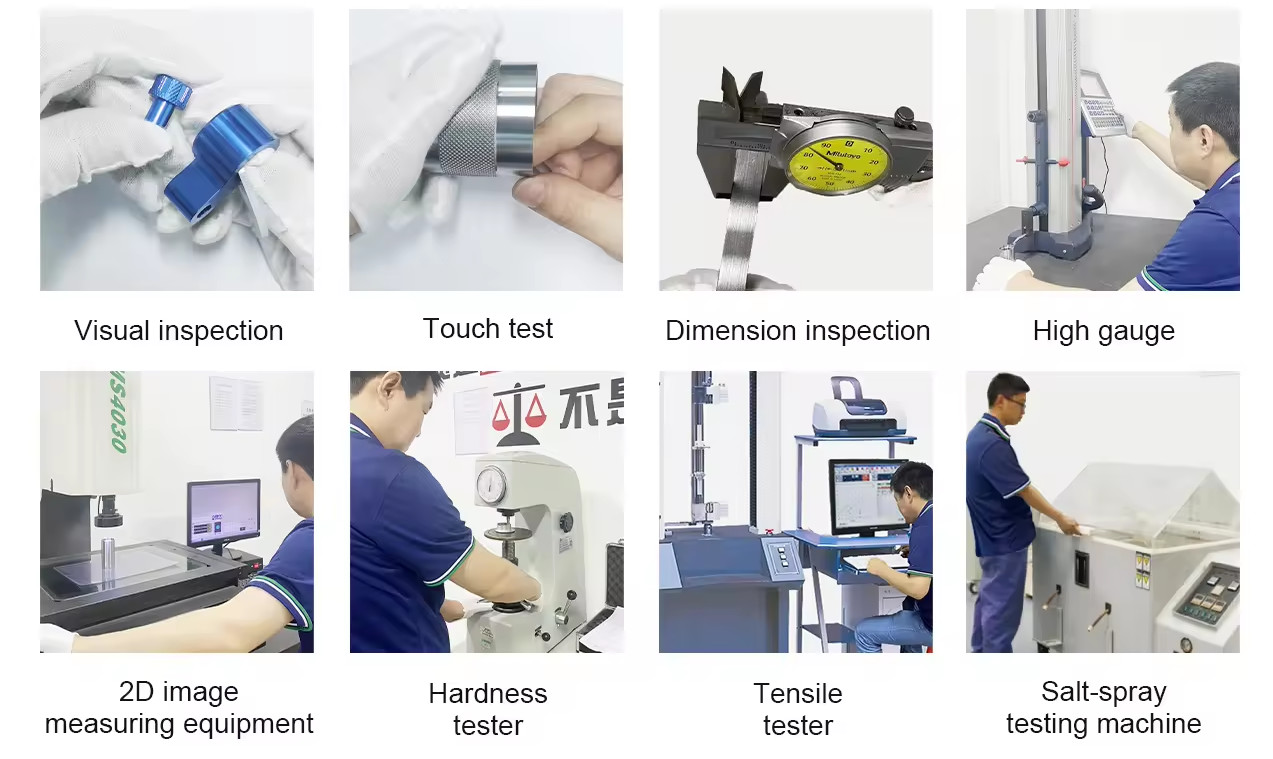Autonomous robotics prototypes are developed for several reasons,
driven by the potential benefits and applications they offer. Here
are some key reasons for creating such prototypes:
Advancing Technology: Autonomous robotics prototypes push the
boundaries of technology and drive innovation in fields such as
robotics, artificial intelligence, and automation. By developing
prototypes, researchers and engineers can explore new concepts,
experiment with cutting-edge technologies, and refine existing
systems.
Proof of Concept: Prototypes serve as proof of concept,
demonstrating the feasibility and viability of autonomous robotic
systems. They provide tangible evidence that the proposed design,
algorithms, and integration of components can work together to
achieve autonomy.

Testing and Validation: Prototypes allow for rigorous testing and
validation of the autonomous functionalities and performance of
robotic systems. By subjecting the prototype to various scenarios,
environments, and stress tests, researchers can evaluate its
capabilities, identify limitations, and refine the design
iteratively.
Research and Development: Autonomous robotics prototypes facilitate
research and development efforts in fields like computer vision,
machine learning, robotics control, and human-robot interaction.
They provide a platform for exploring new algorithms, collecting
real-world data, and gaining insights that contribute to scientific
advancements.
Practical Applications: Autonomous robotics prototypes are
developed to address specific practical applications and
challenges. Industries such as transportation, logistics,
manufacturing, agriculture, healthcare, and exploration can benefit
from autonomous robots that can perform tasks efficiently,
autonomously, and safely.

Humanitarian and Safety Purposes: Autonomous robotics prototypes
can be designed to tackle dangerous or challenging tasks in
hazardous environments, reducing human risk. They can be used for
disaster response, search and rescue operations, exploration of
remote or hostile areas, or handling hazardous materials.
Education and Skill Development: Prototypes offer valuable
educational tools for students, researchers, and enthusiasts
interested in robotics and autonomous systems. They provide
hands-on experience, allowing individuals to learn about robotics
principles, programming, sensor integration, and system design.
Investment and Funding: Autonomous robotics prototypes can be
instrumental in securing investment and funding for further
development. A functional prototype that showcases the capabilities
and potential of an autonomous robot is more likely to attract
financial support from investors, organizations, or government
agencies.

By combining technological innovation, research exploration,
practical applications, and educational opportunities, autonomous
robotics prototypes play a crucial role in advancing the field of
robotics and shaping the future of automation.
Several rapid prototyping processes can be used for developing
autonomous robotics prototypes. The choice of process depends on
factors such as the complexity of the robot, available resources,
desired level of fidelity, and time constraints. Here are some
commonly used rapid prototyping processes for autonomous robotics:
3D Printing/Additive Manufacturing: 3D printing enables the
creation of physical objects by building them layer by layer using
various materials, such as plastics, metals, or composites. It is
widely used in robotics prototyping due to its versatility,
cost-effectiveness, and quick turnaround time. 3D printing allows
for the creation of robot components, frames, casings, and custom
parts with complex geometries.

CNC Machining: Computer Numerical Control (CNC) machining involves
using computer-controlled machines to remove material from a solid
block or sheet to create robot parts. CNC machining offers high
precision, accuracy, and the ability to work with a wide range of
materials, including metals and plastics. It is suitable for
producing robust and functional components for autonomous robots.
Laser Cutting: Laser cutting involves using a laser beam to cut or
engrave materials, typically sheets of woes to remove material from
a solid block or sheet to create robot parts. CNC machining offers
high precision, accuracy, and the ability to work with a wide range
of materials, including metals and plastics. It is suitable for
producing robust and functional components for autonomous robots.

Rapid PCB Prototyping: Developing custom Printed Circuit Boards
(PCBs) is often a critical aspect of autonomous robotics
prototyping. Rapid PCB prototyping processes, such as milling or
etching, allow for quick fabrication of PCBs for integrating
electronics, sensors, and control systems. These processes enable
fast iterations and modifications in the electrical design.
Simulation and Virtual Prototyping: Simulation and virtual
prototyping involve using software tools to create virtual models
of the robot and its environment. These models can simulate the
robot's behavior, sensor interactions, and navigation algorithms.
Virtual prototyping allows for rapid testing, validation, and
refinement of autonomous capabilities without the need for physical
components.
| Materials for CNC Turning Parts |
| Our CNC turning processes are compatible with a wide range of
materials, including machine-grade metals and plastics. Depending
on your applications, we can create precise rapid prototypes and
low-volume production from various superior-quality materials.
Check out some of the common materials for your CNC turning
projects. |
 | ALuminum
Aluminum is a highly ductile metal, making it easy to machining.
The material has a good strength-to-weight ratio and is available
in many types for a range of applications. | | ALuminum |
| Machinable Material Types | AL 6061, AL6063,AL6082,AL7075 |
| Lead Time | 3 days |
| Tolerances | ±0.01mm |
| Max part size | 200 x 80 x 100 cm |
 | Copper
Copper displays excellent thermal conductivity, electrical
conductivity and plasticity. It is also highly ductile, corrosion
resistant and can be easily welded. | | Copper |
| Wall Thickness | 0.75 mm |
| Lead Time | 3 days |
| Tolerances | ±0.01mm |
| Max part size | 200 x 80 x 100 cm |
 | Brass
Brass has desirable properties for a number of applications. It is
low friction, has excellent electrical conductivity and has a
golden (brass) appearance. | | Brass |
| Wall Thickness | 0.75 mm |
| Lead Time | 3 days |
| Tolerances | ±0.01mm |
| Max part size | 200 x 80 x 100 cm |
 | Stainless Steel
Stainless steel is the low carbon steel that offers many properties
that are sought after for industrial applications. Stainless steel
typically contains a minimum of 10% chromium by weight. | | Stainless Steel |
| Wall Thickness | 0.75 mm |
| Lead Time | 3 days |
| Tolerances | ±0.01mm |
| Max part size | 200 x 80 x 100 cm |
 | Titanium
Titanium has a number of material properties that make it the ideal
metal for demanding applications. These properties include
excellent resistance to corrosion, chemicals and extreme
temperatures. The metal also has an excellent strength-to-weight
ratio. | | Titanium |
| Wall Thickness | 0.75 mm |
| Lead Time | 3 days |
| Tolerances | ±0.01mm |
| Max part size | 200 x 80 x 100 cm |
 | Plastics
Plastics are also a very popular option for CNC machining because
of its wide choices, relatively lower price, and significantly
faster machining time needed. We provide all common plastics for
CNC machining services. | | Plastics |
| Machinable Material Types | ABS,PC,PMMA,PTFE,PVDF,POM,PA |
| Lead Time | 3 days |
| Tolerances | ±0.01mm |
| Max part size | 200 x 80 x 100 cm |
 | Magnesium
Magnesium is a silver-white metal with a density of 1.74 g/cm3. Its
characteristics are small density, good ductility, high strength,
large elastic modulus, good heat dissipation, good shock
absorption, greater impact load capacity than aluminum alloy, and
good corrosion resistance to organic substances and alkalis. | | Magnesium |
| Wall Thickness | 0.75 mm |
| Lead Time | 3 days |
| Tolerances | ±0.01mm |
| Max part size | 200 x 80 x 100 cm |
Kit-Based Prototyping: Some robotics platforms offer kits or
modular systems specifically designed for rapid prototyping. These
kits provide pre-engineered components, such as motors, sensors,
and microcontrollers, along with software frameworks. They allow
for quick assembly and customization to create functional
prototypes with minimal effort.
Hybrid Approaches: Often, a combination of different prototyping
processes is employed to optimize the development of autonomous
robotics prototypes. For example, 3D printing may be used for
creating structural components while using CNC machining for
precise parts or laser cutting for flat elements.
It's important to note that rapid prototyping processes are
continuously evolving, and new technologies and techniques may
emerge over time. The choice of the prototyping process should be
based on the specific requirements of the autonomous robot being
developed, the available resources, and the desired outcome of the
prototyping phase.
| CNC Turning Tolerances |
| we machine CNC turning lathe parts to meet tight tolerance
requirements. Based on your design, our CNC lattes can reach
tolerances of up to ±0.005”. Our standard tolerances for CNC milled
metals is ISO 2768-m and ISO 2768-c for plastics. |
| Type | CNC Turning Tolerances |
| Linear dimension | ±0.025 mm-±0.001 inch |
| Hole diameters | ±0.025 mm-±0.001 inch |
| Shaft diameters | ±0.025 mm-±0.001 inch |
| Part size limit | 950 * 550 * 480 mm-37.0 * 21.5 * 18.5 inch |
What Separates Barana Rapid’s Inspection Processes from the Rest?
Careful measurement, inspection and testing are necessary to ensure
the conformance of your parts. We perform multiple inspections at
every step of the product development journey, from incoming
material verification to final 3D scanning. You will receive
complete digital files and Certificates of Compliance so you can
meet your own regulatory and performance goals.
An International Team with Unparalleled Experience
Quality inspection relies not only upon using advanced digital
equipment but also having highly trained personnel with years of
experience. As parts become more complex and tolerances more
demanding for advanced applications, precision measurements
conducted by professionals are the only way to ensure perfection.
Inspections and Review for Every Stage of Production
To ensure quality from start to finish, Barana Rapid provides the
following inspection and review services:
Extensive incoming materials verification
Design for manufacturing reviews for all quotes provided
Contract reviews upon receipt of POs
First article and in-process inspections
Final inspections and testing with reports and certifications as
required
























